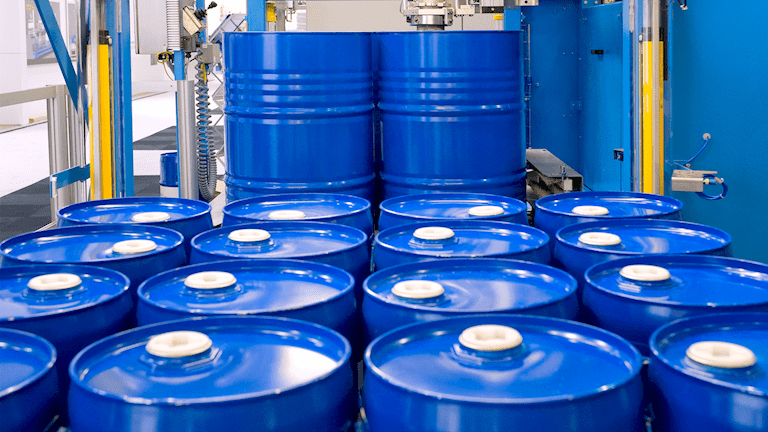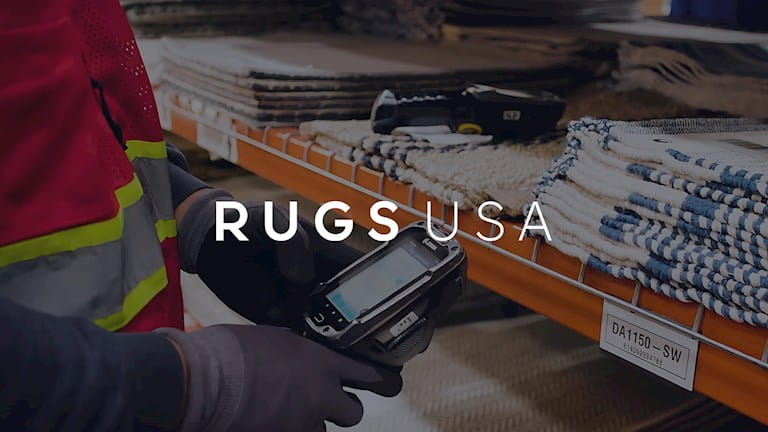Digital Operations Management
Operational improvements increase capacity by 37% to meet escalating demand
Our Impact
A mid-sized frozen and freeze-dried raw pet food manufacturer is the fastest growing brand in neighborhood pet shops across the United States, Canada, and Asia.
Pet adoptions swelled during the pandemic, accelerating the company’s already rapid growth and straining its ability to meet demand. The manufacturer needed to increase agility to keep up with demand, while also exploring how its data could drive future operations more effectively.
The company’s new chief operating officer wanted to move quickly, and West Monroe was ready. Our team assessed operations and provided recommendations for quick wins and long-term value. We worked together to make essential technology and process changes that helped build toward a digital operating model—improvements that produced a positive return on investment in just 16 weeks.
37%
$3.4M
$13.1M
The Full Story
The Challenge
The manufacturer needed a strategic partner to help mature its business processes and develop a goal-oriented culture. They also experienced escalating growth during the pandemic and needed to optimize its manufacturing operations to meet demand and revenue goals. Disruptive factors stood in the way, from raw material supply chain issues to labor turnover to accessibility of key operating data.
The company wanted to identify improvements that would boost agility and allow it to efficiently meet growing demand. That’s where West Monroe came in. The manufacturer had previously engaged West Monroe to perform a distribution analysis and cost-takeout assessment, and executives knew our unique blend of manufacturing experience and technology acumen could help them increase agility and resiliency—both now and in the future—as it advanced toward becoming a digital factory.
An Undeniably Different Approach
Our team orchestrated two areas of change simultaneously, addressing both short-term capacity needs and longer-term goals of being digital.
Integrated operations management (IOM)
We gathered and analyzed an array of operational data—including live uptime, downtime, overall equipment effectiveness and machine status/availability data from the production environment. This analysis led to new controls and communication processes across functions and shifts so that employees—from management to the shop floor—have access to the right data and are able to use correctly to optimize operations.
Key changes included:
- New metrics and scorecards
- Use of white boards on the factory floor to track targets
- New meeting schedules and structures
- Redesigned shift handovers and start-up procedures
- Integrated and actionable IIoT data
Industrial internet of things (IIoT)
We piloted a solution that allows the manufacturer to connect, visualize, and analyze manufacturing data more efficiently going forward. We implemented the SORBA (IIoT) platform, connecting it to 31 machines across four departments. Integrations to the SCADA system, programmable logic controllers (PLC), and shop-floor quality data created a centralized data source that enabled users to access real-time and historical data. The manufacturer can now enhance this solution, further automating data collection and extending it to other areas of the plant.
What made this degree of change—and impact—possible in just 26 weeks?
Our multidisciplinary perspective: We mobilized technology and manufacturing operations experts to assess operations from all possible perspectives: changeovers, labor utilization, technology, production methods, production performance, supply chain, and inventory.
Our passion for developing digital businesses: We know that a true digital factory runs on data and that being digital produces better results. We instilled this thinking into every part of our solution to ensure the manufacturer is advancing its digital journey.
Our proven manufacturing experience: Established tools—for example, our Integrated Operations Management (IOM) methodology, PUMP productivity assessment, and Behavior Change Index—allowed us to quickly design and implement, which let the manufacturer realize value sooner.
Our focus on sustainable value: This began with daily coaching for operators, leads, supervisors, C-level, and managers on all shifts, observing their use of tools and techniques and providing real-time feedback to increase understanding and adoption. We didn’t leave until the manufacturer was well-equipped to manage the changes via an action plan and a soft hand-off.
Project Timeline
Real Results
The manufacturer now has real-time insight into overall equipment effectiveness (OEE) and other aspects of performance such as: production rates, downtime, and product counts that previously required hours of analysis—allowing faster reaction to production issues.
For example, employees can see production line status without waiting until the next internal meeting. Additionally, improving communication between shifts and increasing leader time on the floor has reduced lost production time due to insight-driven decision-making.
What’s more, the people making products are excited about the changes and eager to see them expanded across the plant. The tangible culture change is evident in employee feedback. Said one packaging supervisor: “The operators are always looking at the boards and seeing how they compared to the other shift!”
Our work created a continuous data cycle that is essential to becoming a digital factory. And while the manufacturer has taken important steps toward this goal, the more immediate and tangible gains in throughput translate to an estimated $13 million in incremental annual capacity. In fact, our work paid for itself in just 16 weeks—a full 10 weeks before we completed the project.


















.png?mw=400&mh=100&iar=0&as=1&hash=524407FAECFBB114E9F9505706F9133C)
